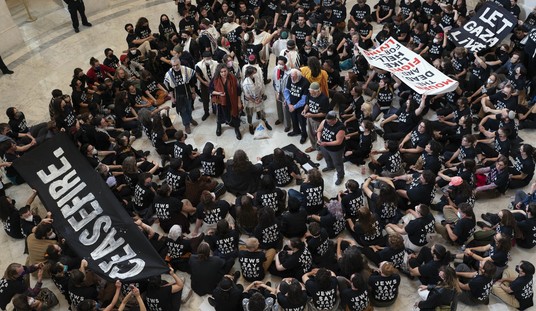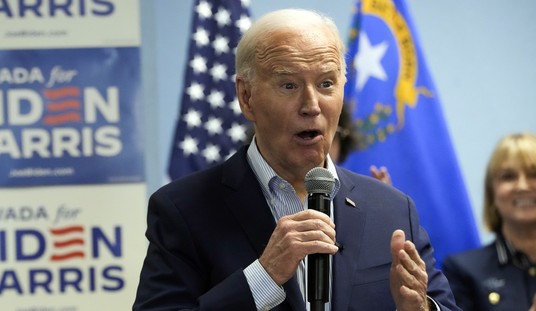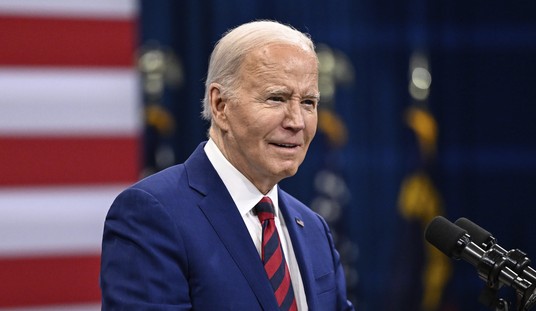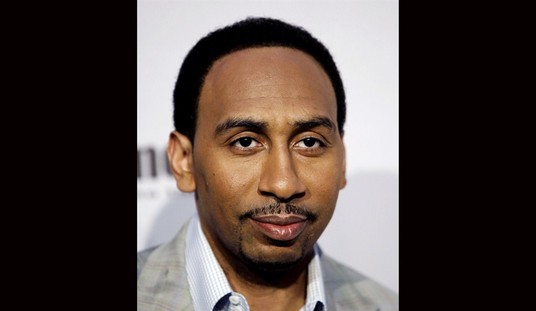
They are wringing hands over kids book demographics, but the problem may be less Grimm.
As we know these days everything – EVERY thing – needs to be deemed problematic. This is the addiction of the activist-social justice generation that is gradually taking the reins in this country. If there is a dearth of phobic-infused issues then the crisis has to be created.
The motive behind this is the desire to wield power and to then be the source of a solution. It is self-importance positioned as selflessness, posing as philanthropic for the sake of self-aggrandizement. It is a method not too dissimilar to the pharmaceutical companies – once a social malady is fabricated the remedy is then offered.
The latest comes via CNN International which peeked into the world of children’s publishing and, little surprise, in self-fulfilling prophecy there are issues to be found! The outlet cites a study that declares the amount of books aimed at African American readers is — well, lower than some arbitrary threshold number, we guess.
Yet despite the young writer’s best efforts, statistics suggest “black girl books” are still in short supply. Just 9% of children’s books published in the US in 2017 featured African or African American characters — according to data from the Cooperative Children’s Book Center (CCBC) which has been measuring representation in children’s books since 1985.
That study, not surprisingly, is blatantly flawed when it comes to tabulation. In counting the characters in books they elected to dismiss those who were secondary characters (friends, neighbors ect.). Also not counted were those characters who were not explicitly acknowledged as a particular race; so while portrayed as a POC if their ethnicity was not firmly established they did not count, and thus were not counted.
There is another factor skewing the glaring 9% figure: animals. A heavy percentage of children’s books do not even feature humans and, depending on the age group, up to half or more could be titles focused exclusively on animals or portraying anthropomorphized creatures and/or objects. Including these in the pool of measurement of race completely undermines any conclusion.
That skewed single-digit percentage seems alarming, but once you position it against demographics it is less impactful. The 2016 census has the black population at 12.6 %, so we are not too far off. Once the non-ethnic animals are removed this means in the pool of human characters people of color are actually strongly represented.
But there could be larger impacts on this spread: book sales. There is a reason there could be fewer titles aimed at POC, and that is there is less of a demand for that particular product.
The reason for this is that there could also be a far more serious problem to address than counting the amount of POC characters; counting the amount of POC readers. One study from a few years ago found that by 4th Grade less than 20% of African American students were proficient at reading. It seems a basic cause here, with POC students sporting lower levels of literacy that they are less likely to be book readers. That demand wanes as a result.
The argument could be made more POC characters might encourage book interest, but if those reading tools are not even in place the curiosity for a book will not be there to begin with. Rather than dwelling on the racial composite of books the focus instead should be on fixing that reading problem with the POC community.
Once you create the legitimate demand for reading then we can start wringing our hands about the demographics on the page. We need them to be willing to open the cover in the first place.














Join the conversation as a VIP Member